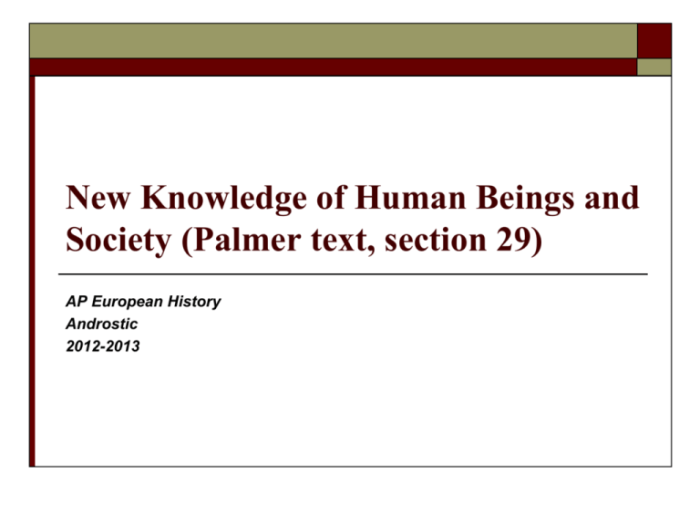The twentieth-century poetic revolution mastery test – The twentieth-century poetic revolution, a transformative era in literary history, witnessed a radical shift in poetic forms, themes, and techniques. This mastery test delves into the key characteristics, influences, and significance of this poetic revolution, providing a comprehensive understanding of its impact on the landscape of modern poetry.
Modernist and Imagist movements laid the groundwork for the revolution, emphasizing precision, clarity, and evocative imagery. Symbolism and metaphor became central to expressing complex emotions and ideas, while free verse and experimental forms pushed the boundaries of poetic expression. Thematic explorations ranged from existentialism to social justice, reflecting the tumultuous times of the 20th century.
Technology and mass media also played a significant role, influencing both the form and content of poetry.
1. Modernist and Imagist Influences
Modernist and Imagist poetry emerged in the early 20th century, revolutionizing poetic form and content. Modernist poetry rejected traditional structures, rhyme, and meter, embracing fragmentation, experimentation, and ambiguity. Imagist poetry focused on the precise and evocative use of imagery, seeking to create vivid and immediate sensory experiences.
Key Characteristics of Modernist Poetry
- Free verse and experimental forms
- Dissonance and fragmentation
- Emphasis on ambiguity and multiple perspectives
- Exploration of unconscious and irrational elements
Key Characteristics of Imagist Poetry
- Concentration on vivid and concrete imagery
- Economy of language and precise diction
- Focus on sensory perception and immediate experience
- Avoidance of abstract ideas and traditional poetic forms
Impact on 20th-Century Poetry
Modernist and Imagist movements had a profound impact on 20th-century poetry, challenging traditional conventions and expanding the boundaries of poetic expression. They influenced poets such as T.S. Eliot, Ezra Pound, and William Carlos Williams, shaping the course of modern poetry.
2. Symbolism and Metaphor in 20th-Century Poetry
Symbolism and metaphor are literary devices that play a crucial role in 20th-century poetry. Symbolism uses objects, images, or ideas to represent something else, often conveying abstract or complex concepts. Metaphor directly compares two seemingly unrelated things, creating a vivid and often surprising connection.
Symbolism in 20th-Century Poetry
- Use of concrete objects to represent abstract ideas
- Exploration of subconscious and archetypal symbols
- Creation of multiple layers of meaning
Metaphor in 20th-Century Poetry
- Direct comparison of two unlike things
- Revelation of hidden similarities and connections
- Heightening of sensory perception and emotional impact
Significance of Symbolism and Metaphor
Symbolism and metaphor enable poets to convey complex ideas and emotions in a concise and evocative manner. They add depth, ambiguity, and resonance to poetic language, enriching the reader’s experience and interpretation.
3. The Rise of Free Verse and Experimental Forms
Free verse and experimental forms emerged in the early 20th century as poets sought to break free from traditional poetic structures. Free verse poetry is characterized by its lack of regular meter and rhyme, allowing for greater freedom of expression and experimentation.
Origins and Evolution of Free Verse
- Rejection of rigid poetic forms and conventions
- Influence of spoken language and natural rhythms
- Exploration of new modes of expression
Different Experimental Forms of Poetry
- Concrete poetry: Visual arrangement of words to create shapes and images
- Language poetry: Focus on the materiality and sound of language
- Performance poetry: Poetry meant to be spoken aloud
Impact on Poetic Expression, The twentieth-century poetic revolution mastery test
Free verse and experimental forms expanded the boundaries of poetic expression, allowing poets to explore new rhythms, structures, and ways of engaging with language. They challenged traditional notions of poetry and opened up new possibilities for creativity and innovation.
4. Thematic Explorations in 20th-Century Poetry

20th-century poetry explored a wide range of themes, reflecting the social, cultural, and historical context of the time. These themes include the search for meaning in a rapidly changing world, the complexities of human relationships, and the impact of technology and mass media.
Major Themes Explored
- Modernity and alienation
- Existentialism and the search for meaning
- Social justice and political engagement
- Love, loss, and human connection
- The nature of time and memory
How Themes Reflect the Social and Historical Context
The themes explored in 20th-century poetry reflect the profound social and historical changes that occurred during this period. Poets responded to the challenges and complexities of the modern world, exploring issues of identity, belonging, and the search for meaning in a rapidly evolving landscape.
5. The Influence of Technology and Mass Media

Technology and mass media played a significant role in shaping 20th-century poetry. Poets responded to the rise of new communication and information technologies, exploring their impact on human experience and poetic expression.
Ways in which Technology Influenced Poetry
- Exploration of the fragmented and accelerated nature of modern life
- Use of new technologies as poetic tools
- Influence of mass media on poetic language and imagery
How Poets Responded to the Rise of Mass Media
- Critique of the commodification and manipulation of information
- Exploration of the power and limitations of language in the digital age
- Use of mass media imagery and techniques in poetic expression
Impact on Form and Content of Poetry
The influence of technology and mass media led to new poetic forms and content. Poets experimented with collage, fragmentation, and the incorporation of media-inspired imagery and language, challenging traditional notions of poetic structure and expression.
Answers to Common Questions: The Twentieth-century Poetic Revolution Mastery Test
What are the key characteristics of modernist poetry?
Modernist poetry is characterized by its focus on precision, clarity, and objective imagery. It often employs fragmentation, juxtaposition, and stream-of-consciousness techniques.
How did symbolism contribute to the twentieth-century poetic revolution?
Symbolism allowed poets to express complex emotions and ideas through the use of concrete objects or images that evoke multiple meanings.
What is the significance of free verse in twentieth-century poetry?
Free verse liberated poets from traditional metrical and rhyme schemes, allowing for greater flexibility and experimentation in poetic expression.